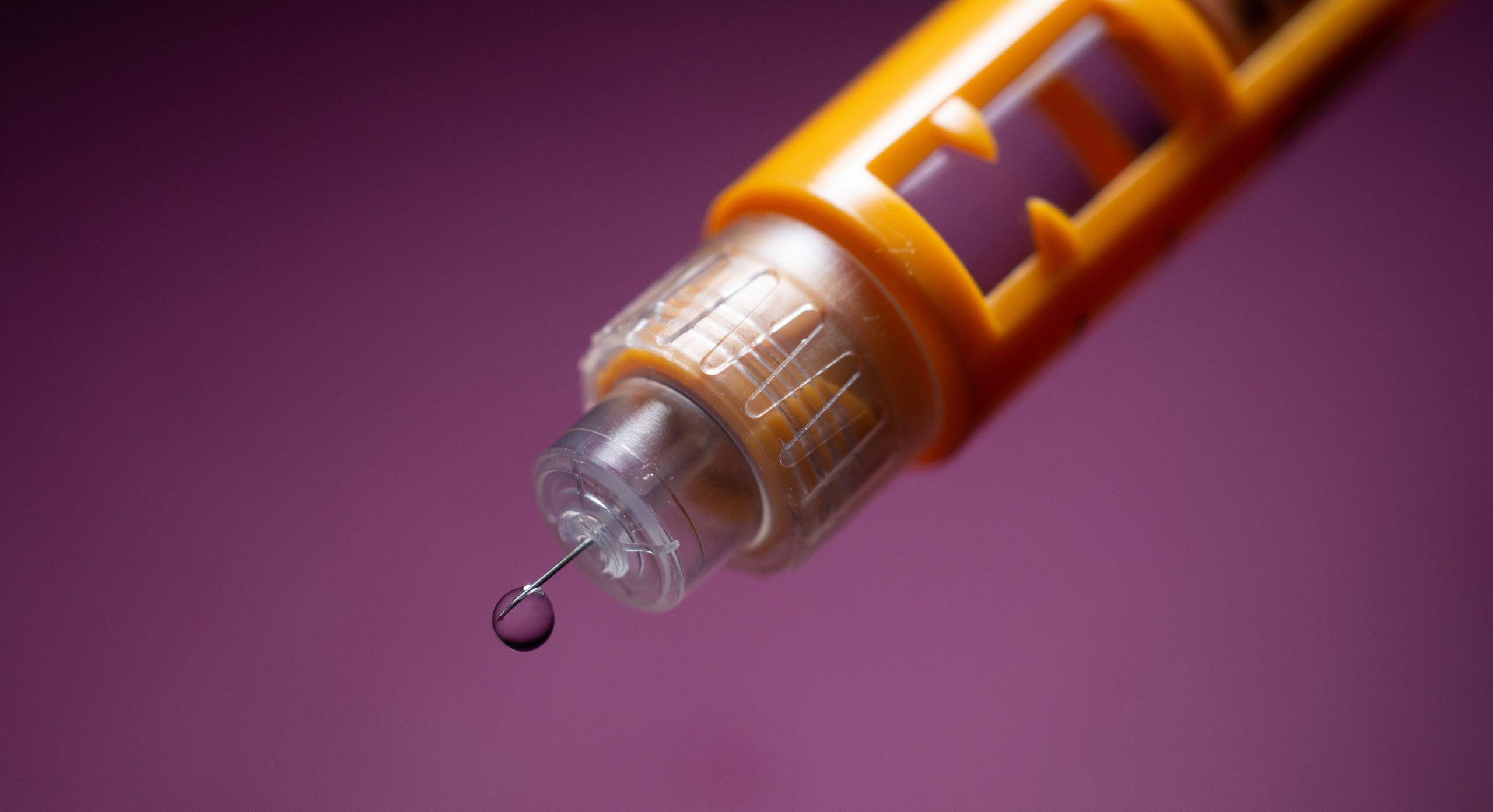Type 2 diabetes is a chronic medical condition that affects your body’s ability to turn food into energy. The number of people diagnosed with the condition has been on the rise since the early 1980s, and according to reports by Diabetes UK is expected to hit 5.3 million by 2025.
We know how much type 2 diabetes affects the lives of older people – almost half of all diagnoses are in the over-65. So this blog explores the most common causes, symptoms and treatments.
What causes type 2 diabetes?
Insulin is a special hormone made in your pancreas that is essential for healthy living. It controls how and where your body stores fat and, more importantly, allows glucose to enter and fuel cells.
In people with type 2 diabetes, the insulin in their body doesn’t work properly, causing levels of glucose in their bloodstream to increase. This can damage their heart, feet and eyes, and over time lead to more serious complications.
It is difficult to determine the precise cause of type 2 diabetes. However, a number of factors can increase your chances of developing the condition.
Obesity
Of all the risk factors associated with type 2 diabetes, obesity is perhaps the most widespread. Estimates suggest 28% of adults in England are obese and a further 36% are overweight.
People who carry fat around their midriff are particularly susceptible to developing type 2 diabetes. This is because fat deposits around the pancreas can make it harder for insulin to reach other parts of the body.
Family history
The next most significant risk factor for developing type 2 diabetes is your genes. According to the global community diabetes.co.uk, your chances of getting type 2 diabetes increases by 15% if one of your parents has the condition and 75% if both do.
Your ethnicity plays a factor too. A study in 2012 showed that, compared to just 20% of European people, up to half of all South Asian, Black African and African-Caribbean people in the UK will develop Type 2 diabetes by the age of 80.
Age
Type 2 diabetes is the most common metabolic condition in older people. Those in later life are more likely to develop the condition because their bodies produce less insulin and their resistance to the hormone increases.
What are the symptoms of type 2 diabetes?
The signs and symptoms of diabetes are quite well known among the general population. But because the symptoms of type 2 diabetes can be mild or develop slowly, it’s not uncommon for people to live with the condition for a long time before speaking to their doctor. Here are some of the most common warning signs of prediabetes and type 2 diabetes.
Urinating more often
When you have type 2 diabetes, your body is unable to use up the glucose you extract from your food so your body tries to flush out excess sugars via your urine.
Increased thirst
As your body tries to stabilise your blood sugar levels by making you urinate more often, your body can become dehydrated, making you feel more thirsty.
Genital itching or thrush
When your body flushes out excess glucose via your urine, the increase in sugars in your urinary tract can create an environment for microbes, leading to fungal infections like thrush.
Tiredness
Insulin resistance or a lack of insulin prevents the glucose in your bloodstream from getting into your cells. This means your cells can’t get the energy they need, making you feel tired.
Losing weight
Because your cells can’t get the energy they need from the glucose in your blood, your body may start to break down your fat stores to fuel cells.
Slow healing wounds
Cuts and wounds may take longer to heal because the high levels of sugar in your blood prevent nutrients and oxygen from reaching your wounds.
Blurred vision
If your diabetes goes undiagnosed for a long time, glucose can build up behind the lens at the front of the eye, causing the fluid in the eyeball to become cloudy.
What can people with diabetes do to treat their condition?
Many people living with type 2 diabetes find they can control their condition by making long-term, sustained changes to their diet and exercise. However, most diabetics will need medication eventually.
Diet
Today, the advice for people with types 2 diabetes isn’t to cut out sugar altogether. Instead, healthcare professionals recommend diabetics make healthier food choices and reduce the number of treats they eat on a regular basis.
Physical activity
Being more physically active is important if you have type 2 diabetes as it can help you lose weight. If you are overweight, losing a few extra pounds can reduce your blood sugar levels and even put your diabetes into remission.
Medications
There are a number of diabetes treatments available on the NHS. If you have had type 2 diabetes for a long time or changes in your lifestyle don’t improve your condition, your GP may recommend you take tablets or inject insulin.
